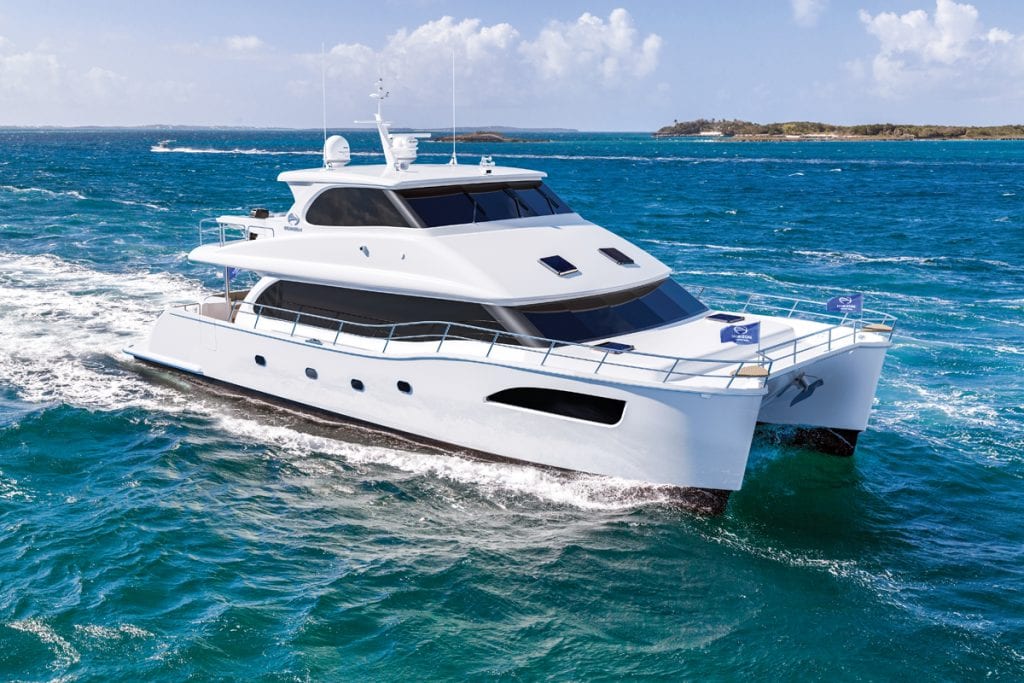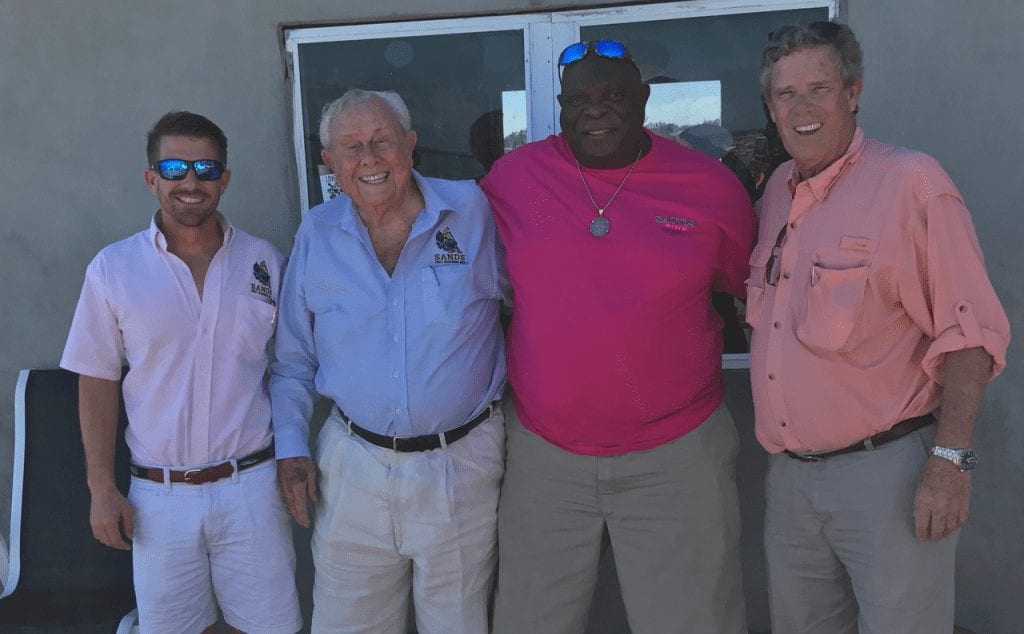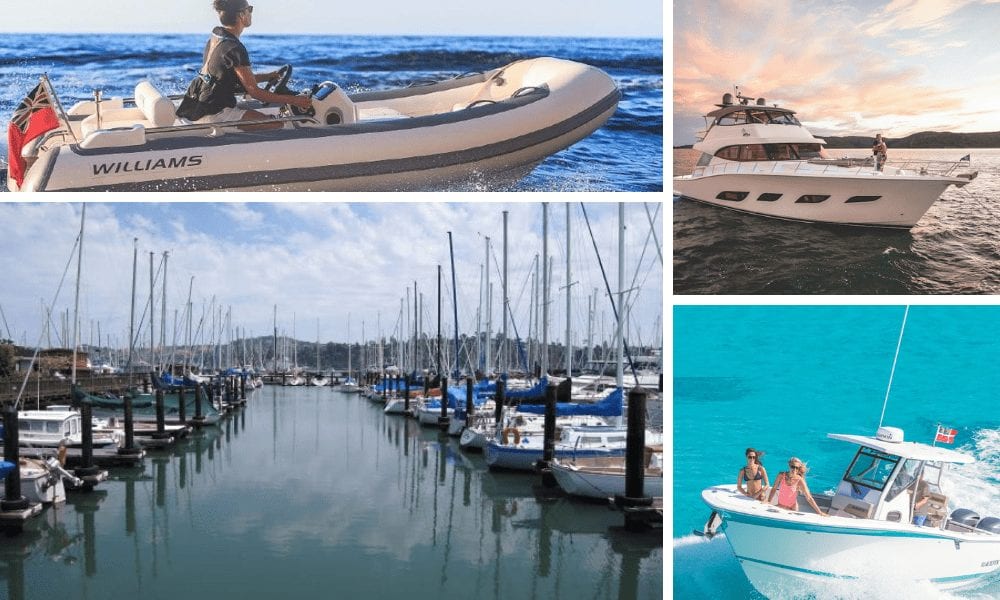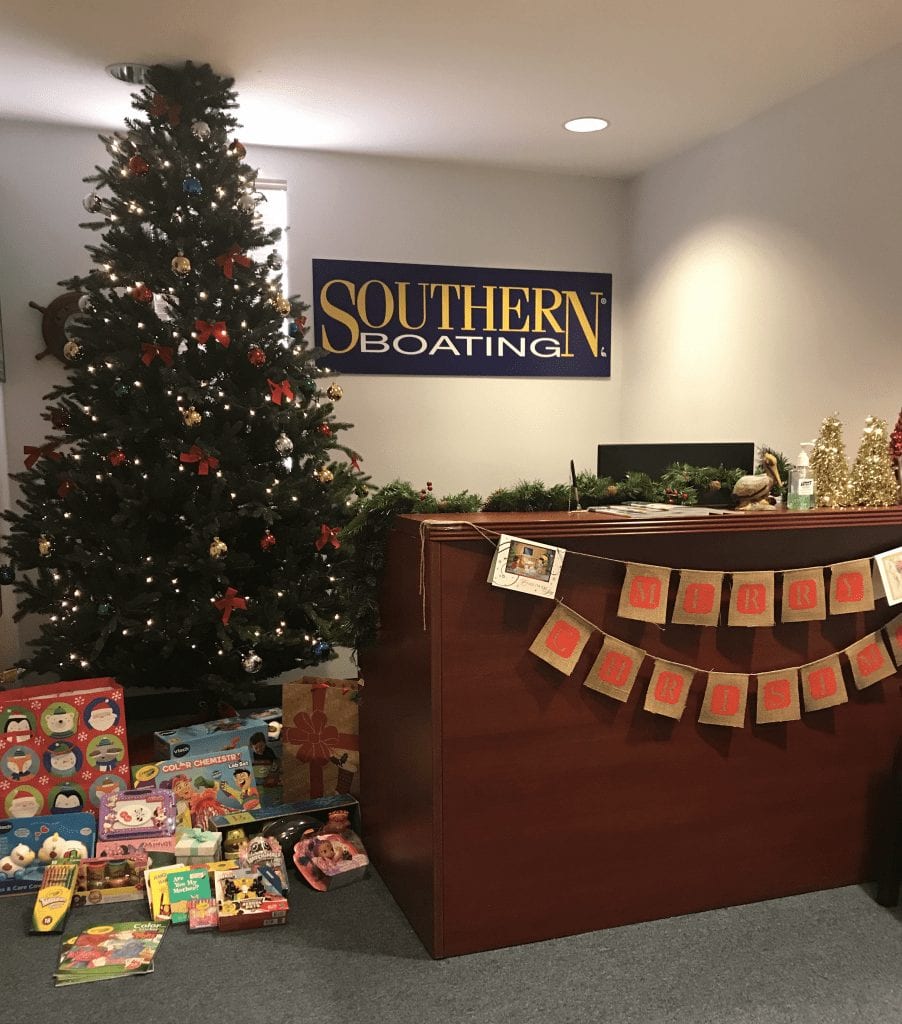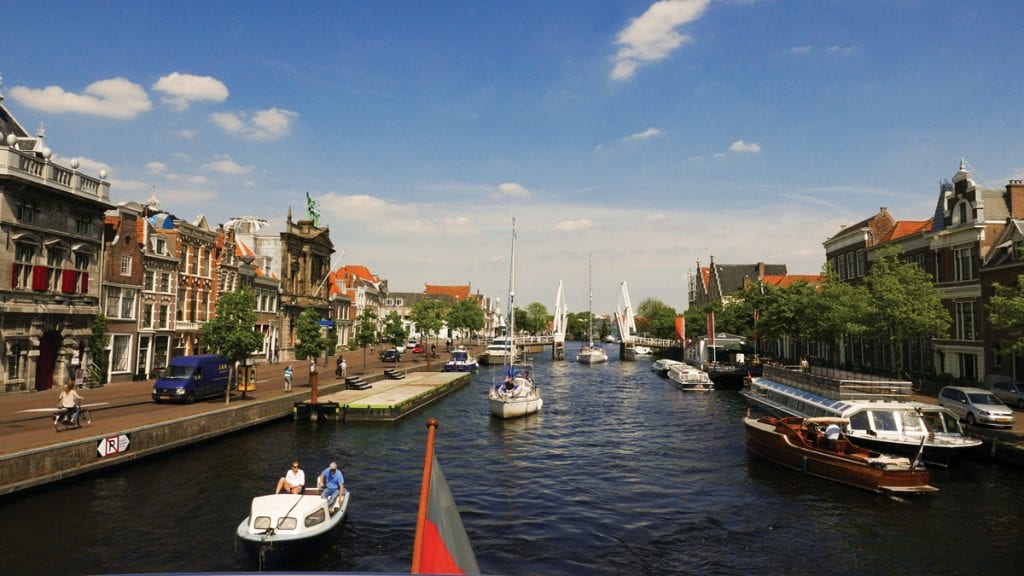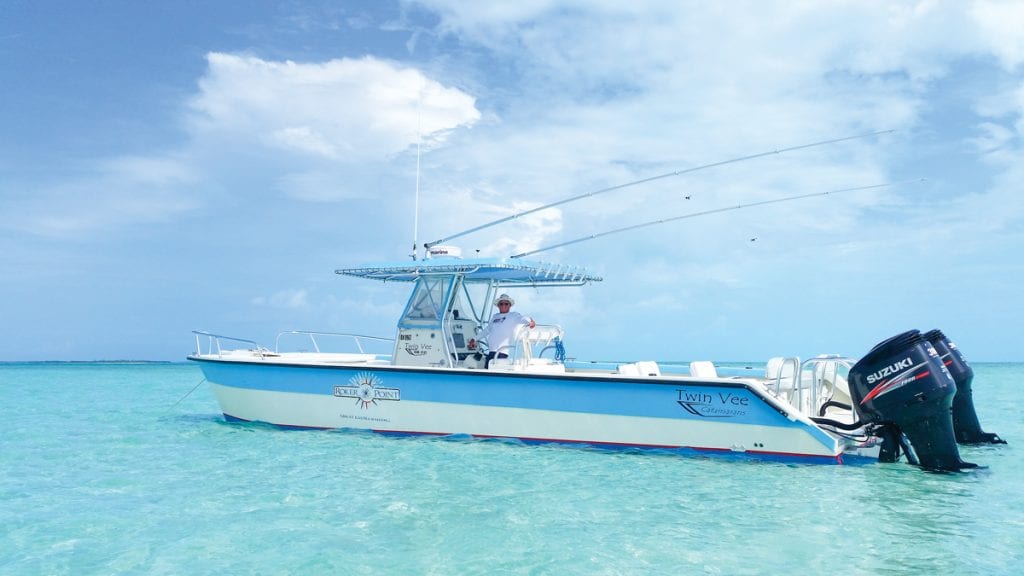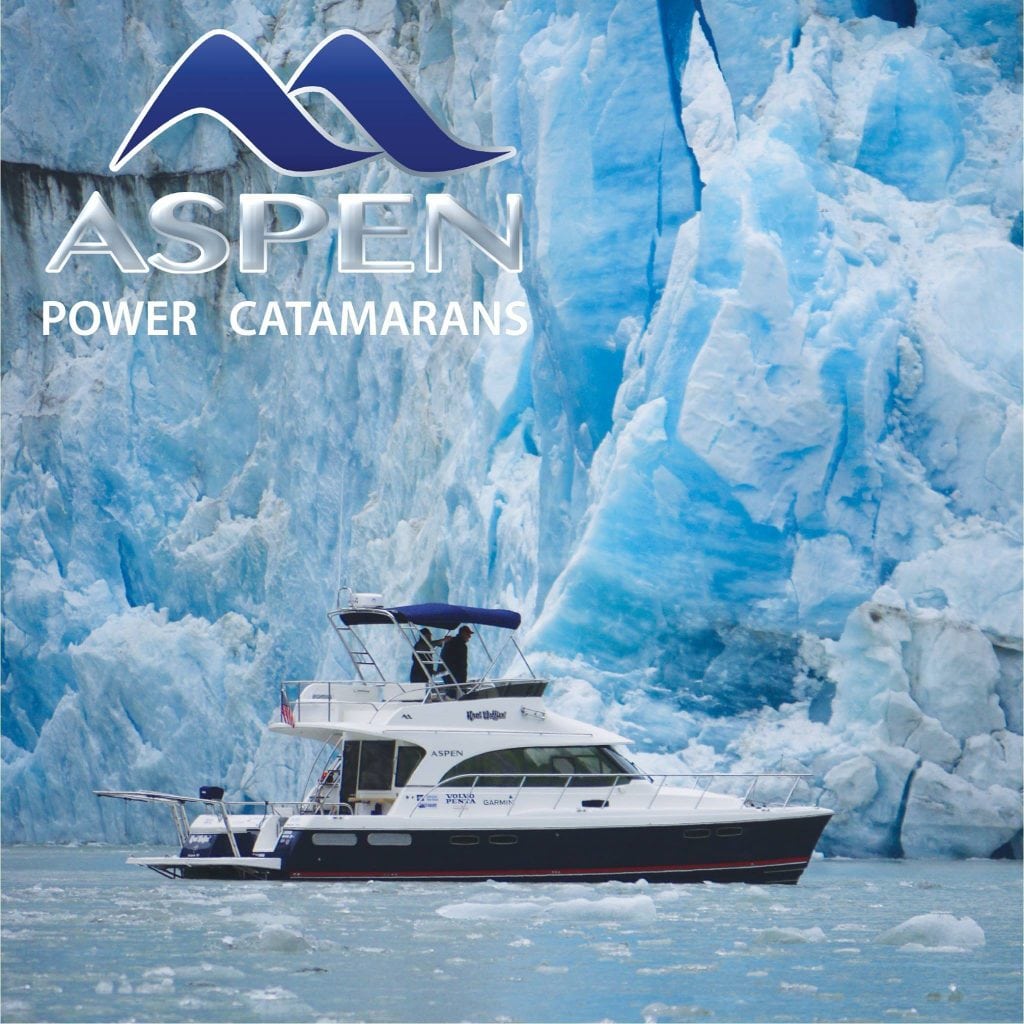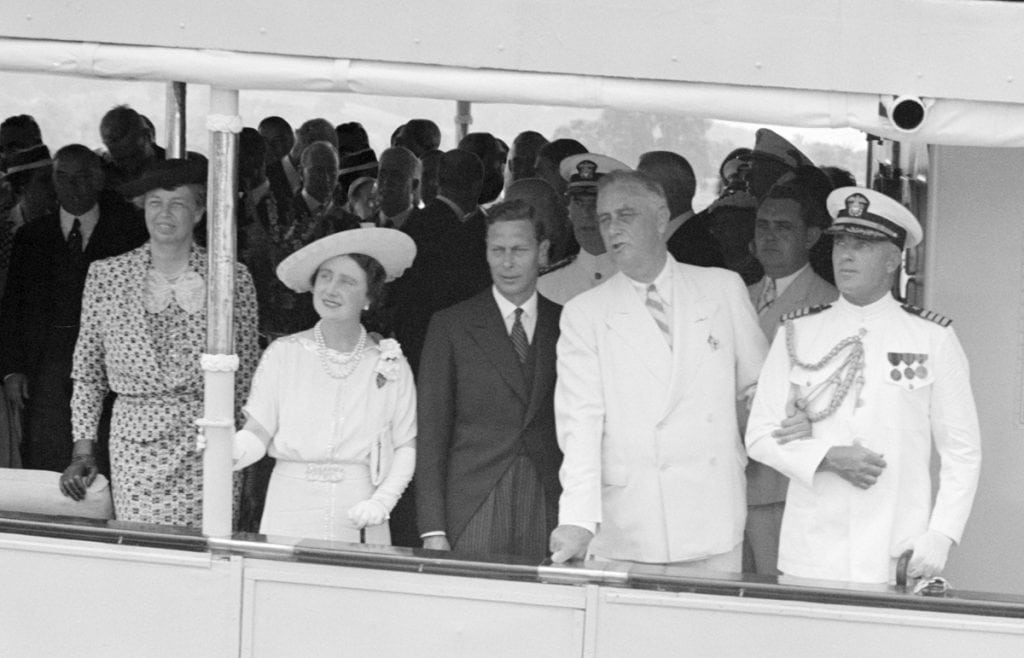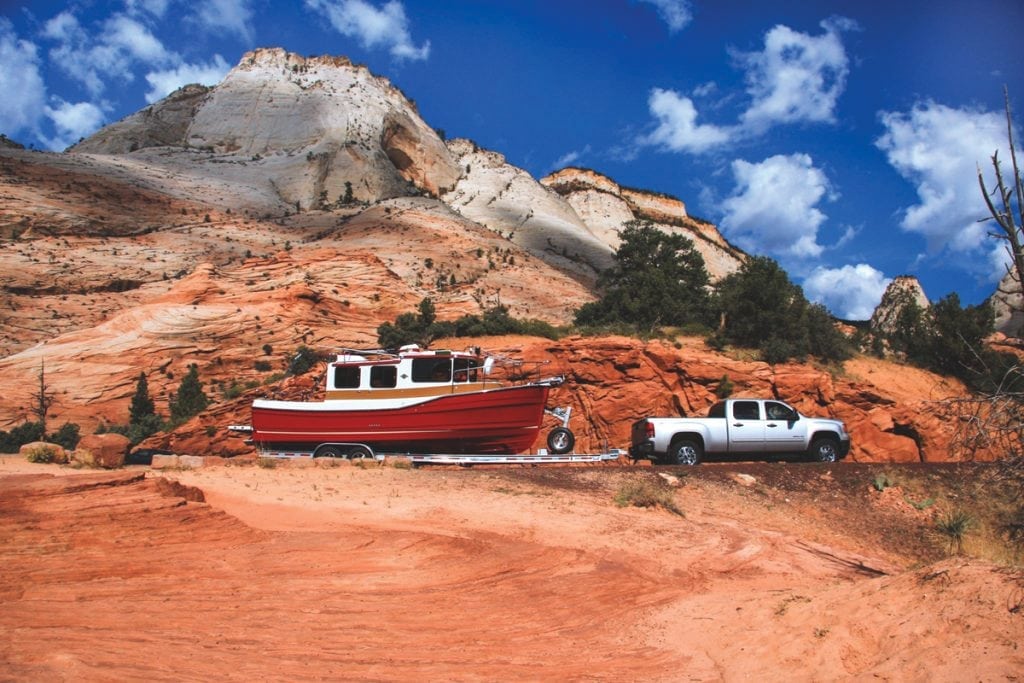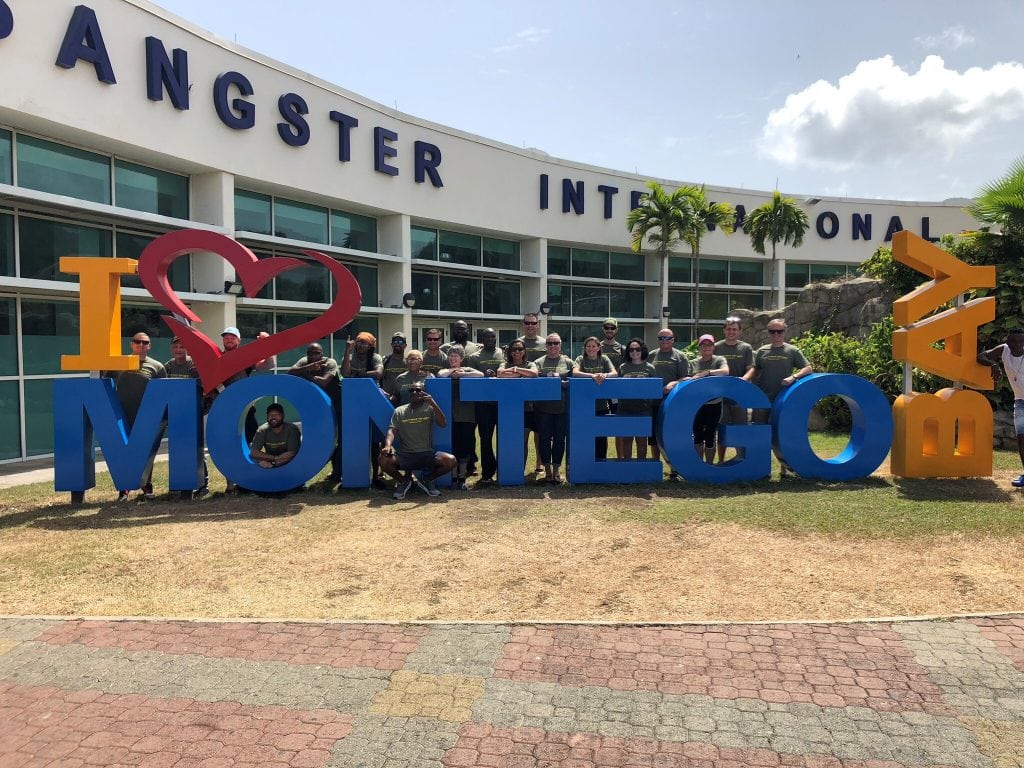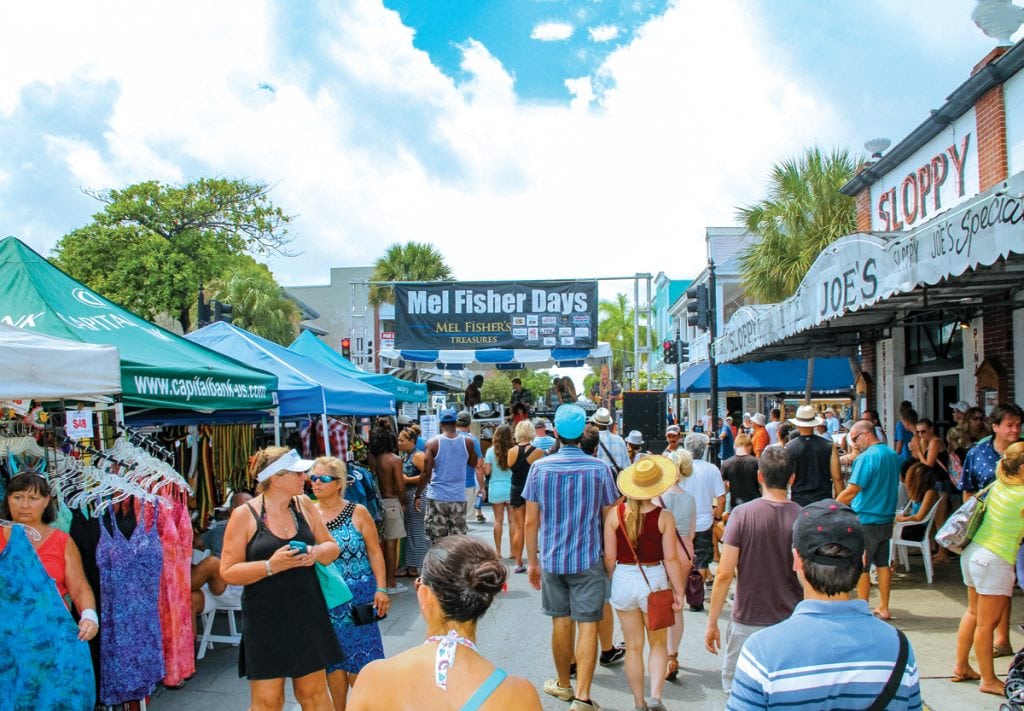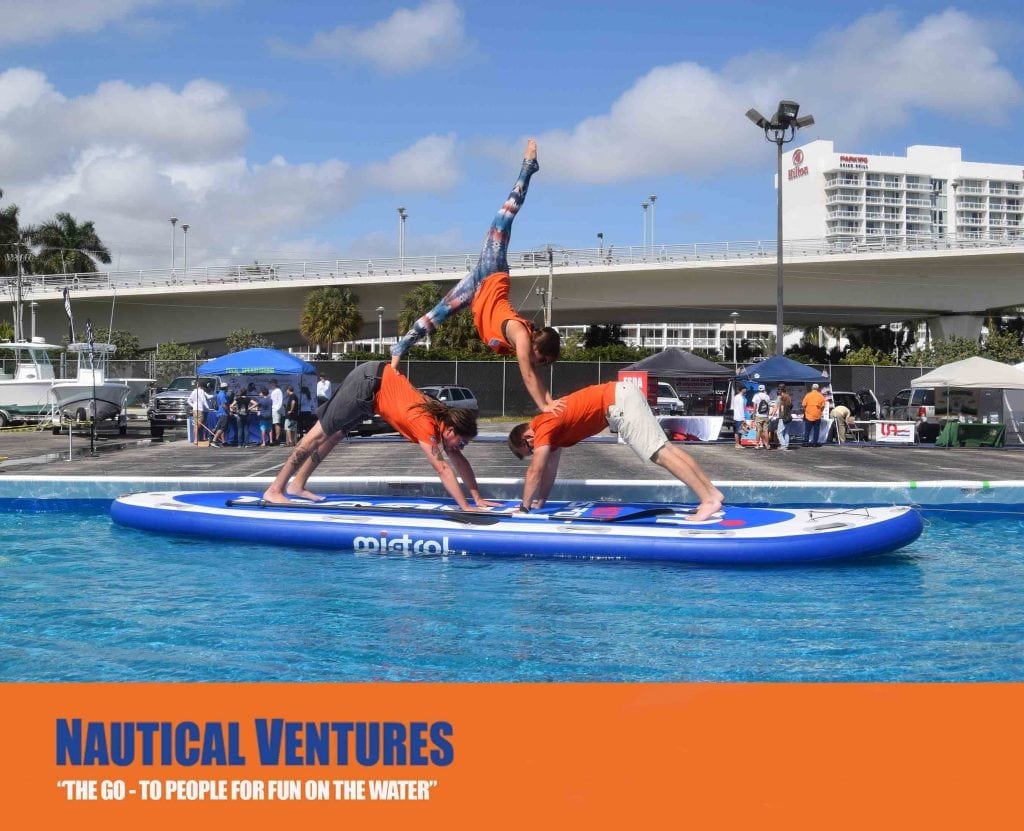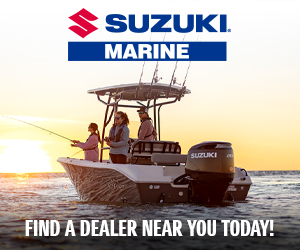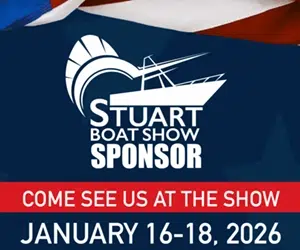People
Browse through interviews that peek into the lives and careers of those in the boating industry. Interviews with marina owners, boat builders, and event coordinators can be found here.
Horizon PC65
Horizon PC65 A savvy and experienced owner sets his sights on just the right kind of cruising yacht, and the Horizon...
Read moreDetailsBeer is in the Blood at Sands Beer
A Family Legacy in Sands Beer A solid family legacy, a passion for the craft, and a commitment to hard...
Read moreDetailsLocal Communities Support USCG During Government Shutdown
Local Communities Support USCG During Government Shutdown With the government shutdown surpassing the one-month mark earlier this week, leaving many...
Read moreDetailsThe Best of the Year
The best of 2018 The tribe (you are part of the Southern Boating Tribe) has spoken! Boats, boats and more...
Read moreDetailsHow I know It’s Almost Christmas
A glimpse into Southern Boating Christmas You know how I know when it's almost Christmas? Yes, boat parades are a good...
Read moreDetailsCruising through Europe
Thomas Kittel retires from a successful executive career and with his wife, Jutta, he embarks on a series of cruising...
Read moreDetailsThe Legendary Captain Jerry Lewless
With more than seven decades of experience, Capt. Jerry Lewless is the ideal Exumas ambassador. Jerry Lewless is arguably the longest-running boat...
Read moreDetailsHow to Make Your Yacht an LLC
Here's how to make your yacht an LLC and reap the financial benefits—as long as you pay close attention to...
Read moreDetailsFrom Washington to DC: The 10,000 Mile Tour
The Jenkins gave a whole new meaning to “taking delivery" when they took their new Aspen Powercat from Washington State...
Read moreDetailsPresidents on Yachts
It's not all hosting parties and poker games. Plenty of diplomacy discussions and secret salvations happened aboard. These are the...
Read moreDetailsRanger Tugs and a Snowboaters Paradise
Follow Jim and Lisa Favors as they cruise in their Ranger Tugs and live in a snowboaters paradise. It’s no...
Read moreDetailsDoing the Correct Craft Thing
Over 60 employees from several Correct Craft companies traveled to Jamaica, on employee service trips. In today’s tumultuous world, our...
Read moreDetailsMel Fisher, Treasure Hunter
Celebrate treasure hunter Mel Fisher If the treasure hunter in you is still seeking your chest of gold and silver,...
Read moreDetailsYacht Designer Doug Zurn
Designer Doug Zurn turns boating dreams into reality An opportunity has knocked for yacht designer Doug Zurn more than once,...
Read moreDetailsNautical Ventures is a Water Wonderland
Nautical Ventures is a water toy wonderland Being on the water can have a physical and spiritual effect on people....
Read moreDetails

